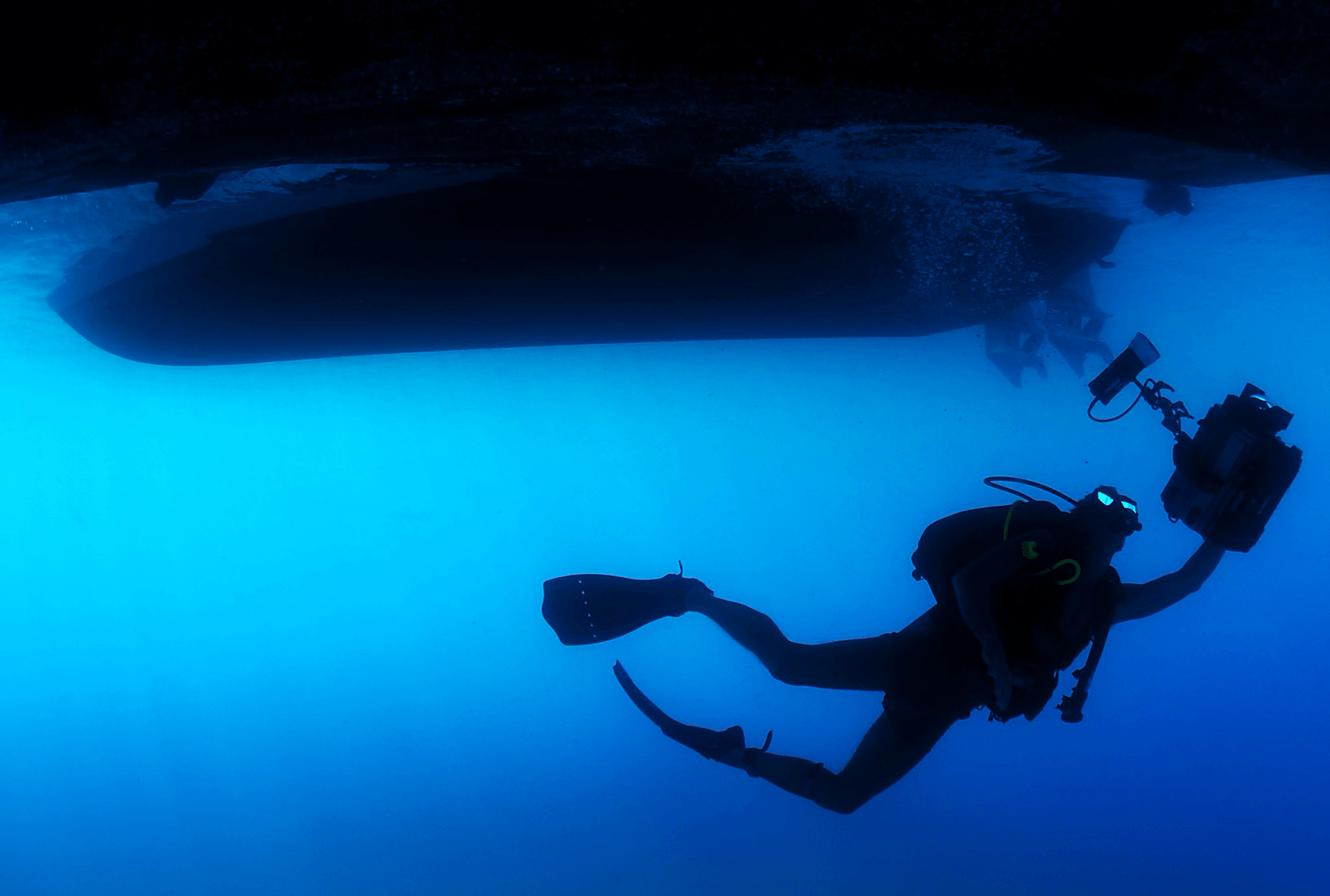A Translational Alliance between Newcastle University and Ossur
We are working with a major supplier of prosthetics to make life easier for lower leg amputees.
Project leader
Dates
June 2016 to May 2019
Sponsors
Partners
Össur
Description
Each year, over 5,400 UK patients are referred to lower limb prosthesis clinics. More than 90% are below- or above-knee amputees. The main causes of amputation are diabetes, limb dysvascularity (loss of blood supply), accidents and injury in the battlefield.
Prosthetic legs can dramatically improve mobility, confidence and quality of life for users. Effective prosthetic solutions provide independence in daily living. Users are able to walk, climb stairs, and even run. Advanced prosthetic legs enable amputees to improve their posture. This, in turn, reduces wear and tear on their unaffected joints. But those with lower limb amputation lack the nervous structures in the foot and ankle. This means that they suffer from lack of stability compared with able-bodied individuals. There are no technologies for targeted delivery of feedback from the prosthesis to the nervous system.
The EPSRC SenseBack project provides funding to a multidisciplinary research team. They are developing key technologies to restore sensation to users of prosthetic hands. Newcastle University and Össur will translate these technologies to lower-limb prostheses. Within the next decade, we will create an artificial leg that can:
- generate mechanical power
- adapt autonomously to the user's changing needs
- provide feedback to the user about the state of the limb and the prosthesis
